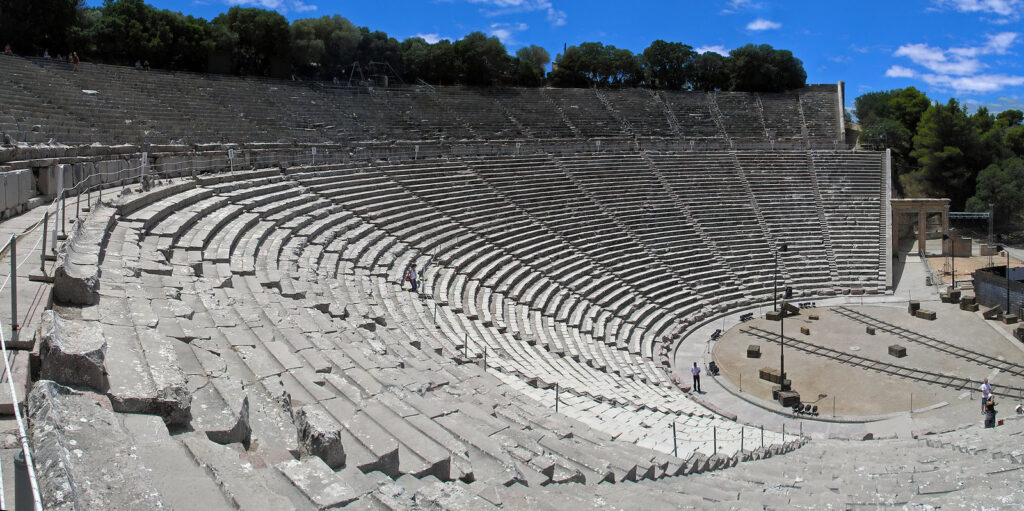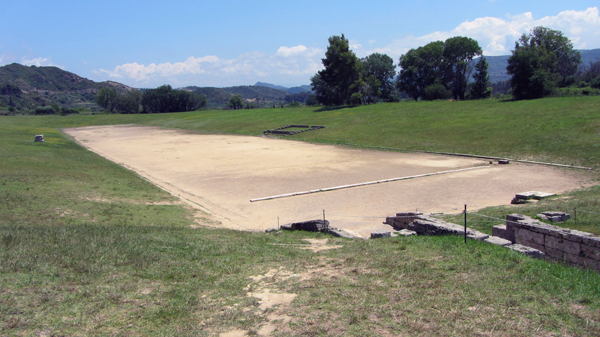Was there a Colosseum built in Ancient Greece?
When you think of ancient architecture and massive arenas, your mind might jump to two great civilizations: Greece and Rome.
The Colosseum, that iconic Roman amphitheater in the heart of Rome, is synonymous with gladiators, roaring crowds, and wild spectacles.
But did ancient Greece, known for its theaters and Olympic Games, have its own version of the Colosseum?
It’s a fair question, considering the Greeks and Romans shared cultural influences and architectural styles.
The answer is a bit surprising.
While ancient Greece had incredible structures like theaters for dramatic performances and stadiums for athletic contests, the Colosseum as we know it was purely a Roman invention.
But what made these two civilizations so different in their approach to public entertainment?
Let’s explore the unique purposes behind their architectural masterpieces and how their cultures shaped what they built!
In ancient Greece, public entertainment was rooted in art, philosophy, and athletic excellence, which influenced the types of structures they built.

Greek theaters, such as the one at Epidaurus, were open-air venues designed for plays and performances, emphasizing acoustics and harmony with nature.
Meanwhile, stadiums like the one in Olympia hosted athletic events, including the famous Olympic Games, which celebrated human strength and competition in a non-violent way.

These venues reflected the Greek ideals of culture, intellect, and the human body’s potential, showing a clear contrast to the bloodier spectacles of ancient Rome.
The Colosseum, by contrast, was specifically designed to cater to Roman tastes for grand, often brutal, spectacles that display the empire’s power and control.
Gladiatorial combat, animal hunts, and public executions were all part of the Roman arena’s repertoire, events intended to entertain, amaze, and reinforce the strength of Rome.
While the Romans borrowed heavily from Greek architecture and culture, they didn’t adopt Greek venues like theaters for these purposes.
Instead, they innovated with amphitheaters, structures capable of holding tens of thousands of spectators, making the Colosseum a unique product of Roman engineering and their cultural appetite for thrilling spectacles.





